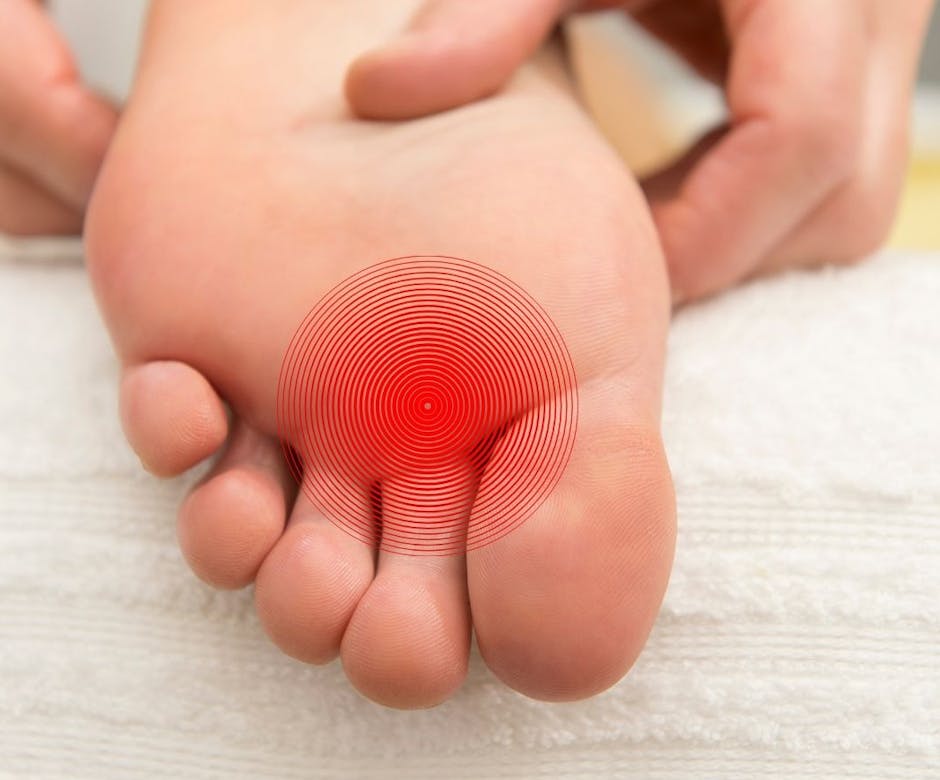Sore below the toes? It could be the plantar plate!

Plantar plate injuries typically present as pain and swelling under the ball of the foot. It may feel like you are “walking on the bones of your foot”. Plantar plate tears can be acute (come out of nowhere) or chronic (develops slowly over time).
The plantar plate is a thick fibrocartilaginous structure. It attaches the area from the ball of our foot to the toe bones. The purpose of this is to protect the head of the metatarsal (the bone in the ball of your foot) from too much pressure and prevents our toes from extending too far. Injuries of the plantar plates include partial tears through to complete rupture. As the tear increases, the toe (most commonly the 2nd or 3rd toe) will begin to shift upwards or to one side. When you stand up, you may notice the toe may not make contact with the ground.
What can you do about it?
Short Term:
- Strapping - This can be helpful in reducing pain by pulling the toe into a plantarflexed (downward) position which will offload (reduce pressure) on the plantar plate. Not only will this help to reduce the pain, but it will allow the ligament to heal without constant strain.
- No walking barefoot - You want to be wearing a stiff-soled shoe, no heels! o Walking barefoot, flexible footwear, open toes shoes, and thongs can aggravate a plantar plate injury
- Reduce inflammation - Rest, apply ice, topical anti-inflammatory.
- Imaging- MRI scans are used to get a better overall picture of the plantar plate and all of the surrounding structures. It will also show us the severity of the injury.
Long Term:
- Stretching and strengthening to ensure you have optimal biomechanics eg if there is tightness in the calf, this could result in an increased load through the forefoot.
- Custom orthotics may be prescribed with support to alleviate pressure from the area and prevent the deformity from returning.
- Surgery - in some cases, the ligaments surrounding the toes may be too stretched, and surgical treatments may be necessary to return the toe to its normal position.
Additional important information: In order to formulate the best treatment for you, your podiatrist will perform a thorough assessment of your foot, focusing on contributing factors, such as flat feet, bunions and hammer toes. This will allow us to find the best way to offload your forefoot and decrease the stress on the area.